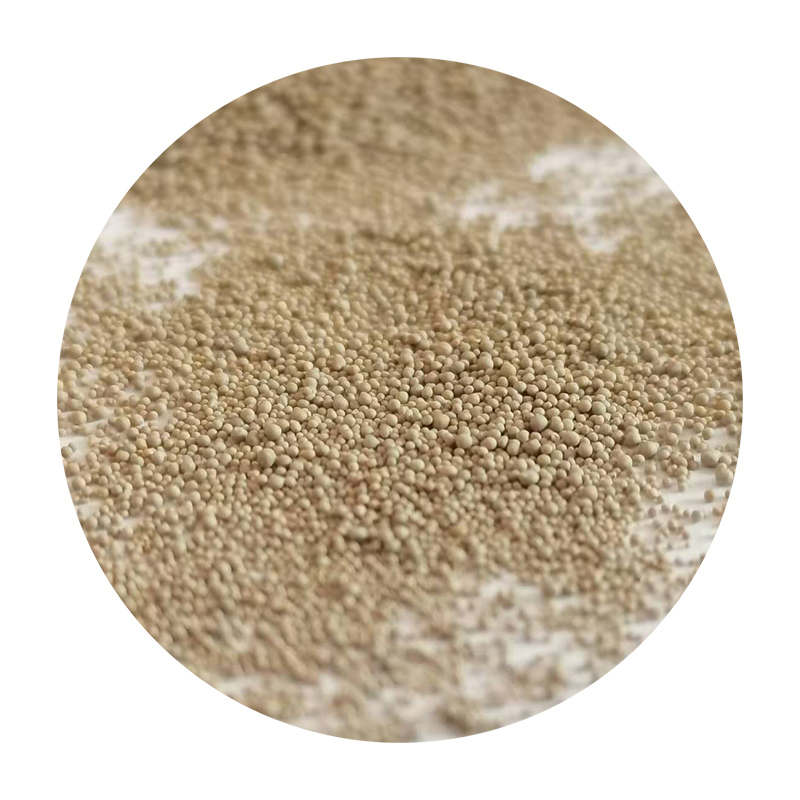

Post-production processes, including treating and machining the cast metal parts, are crucial for achieving the desired physical properties and tolerances. These processes can require significant investment, depending on the complexity and finish level required. Implementing technology-driven solutions, such as CNC machining and automated inspection systems, can expedite these tasks while reducing errors and material waste. Close collaboration with suppliers and customers to optimize the post-production specifications can prevent unnecessary expenditure and ensure product alignment with client needs. An authoritative approach to managing sand casting costs integrates expert knowledge with practical financial strategies. Developing long-term relationships with reliable suppliers can secure favorable pricing and ensure the consistent quality of materials. Regular analysis of the production process using methods such as value stream mapping can identify inefficiencies and areas for cost reduction. The adoption of lean manufacturing practices can further streamline operations, eliminating waste and enhancing the overall cost-effectiveness of sand casting procedures. For businesses investing in product development, conducting a comprehensive cost-benefit analysis is paramount. This analysis should consider not just the immediate costs associated with production but also the long-term impact on business objectives, product lifecycle, and market competitiveness. Transparent communication within the production team and with clients about cost considerations fosters trust and facilitates more effective decision-making. By focusing on these key areas — materials, mold preparation, labor, and post-production — manufacturers can exert greater control over their sand casting costs. Through a combination of expert industry knowledge, strategic implementation of advanced technologies, and a commitment to continuous improvement, businesses can enhance their competitiveness in the market. This approach ensures not only the financial viability of sand casting endeavors but also the production of high-quality, reliable components that meet and exceed industry standards. Post time:Bře . 07, 2025 00:44
Next:High Refreactoriness Ceramsite Foundry Sand For Steel Casting
